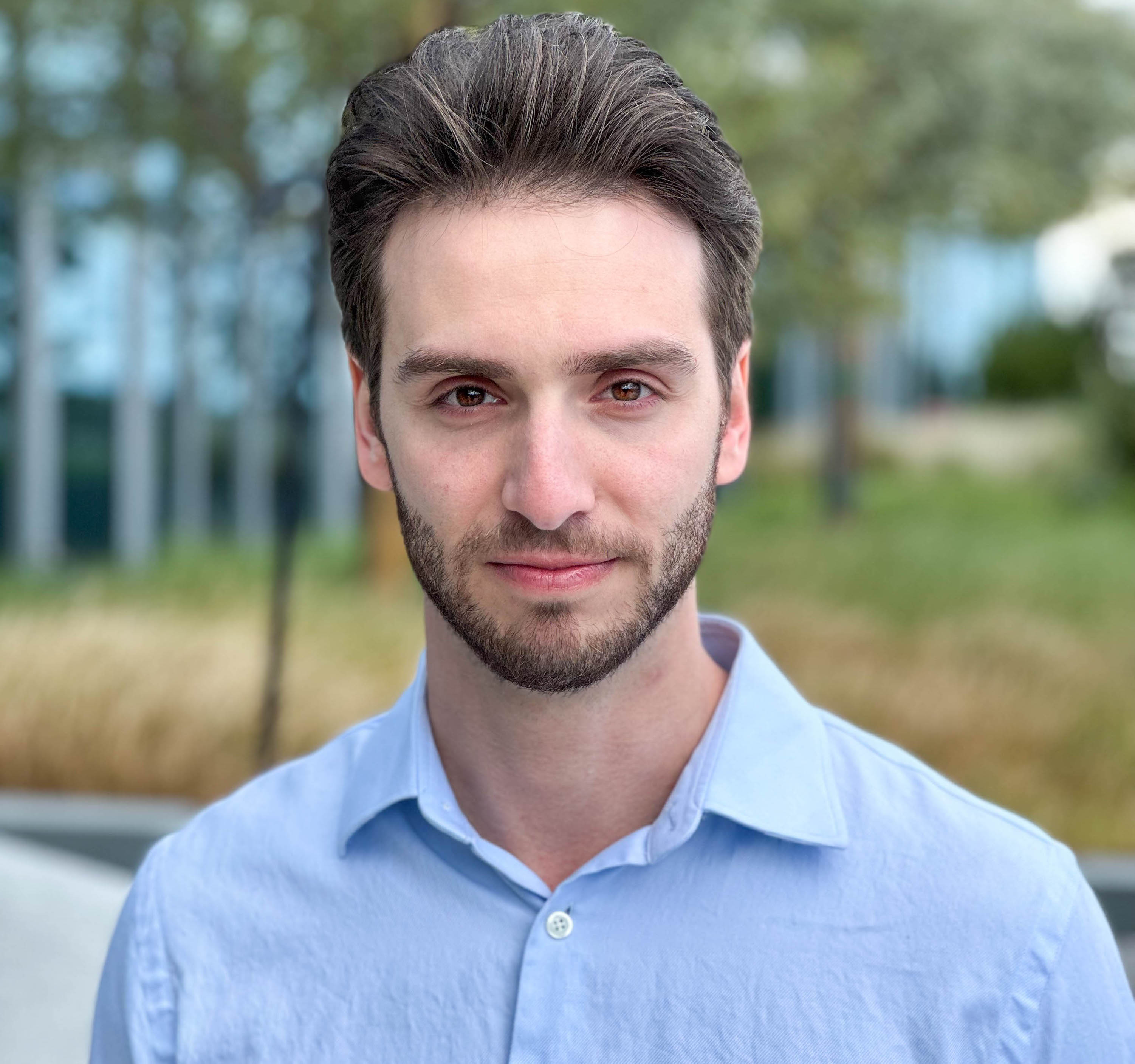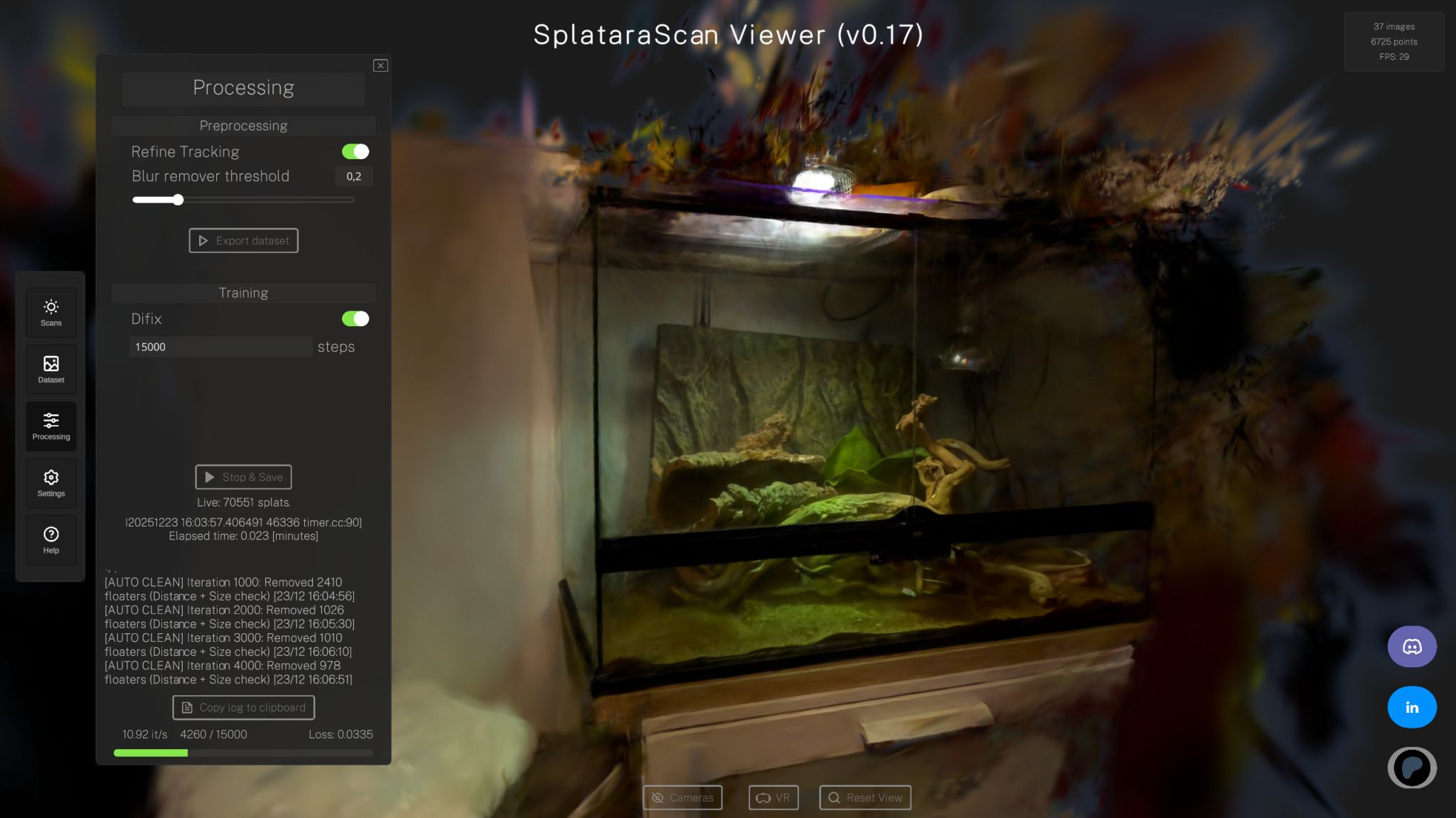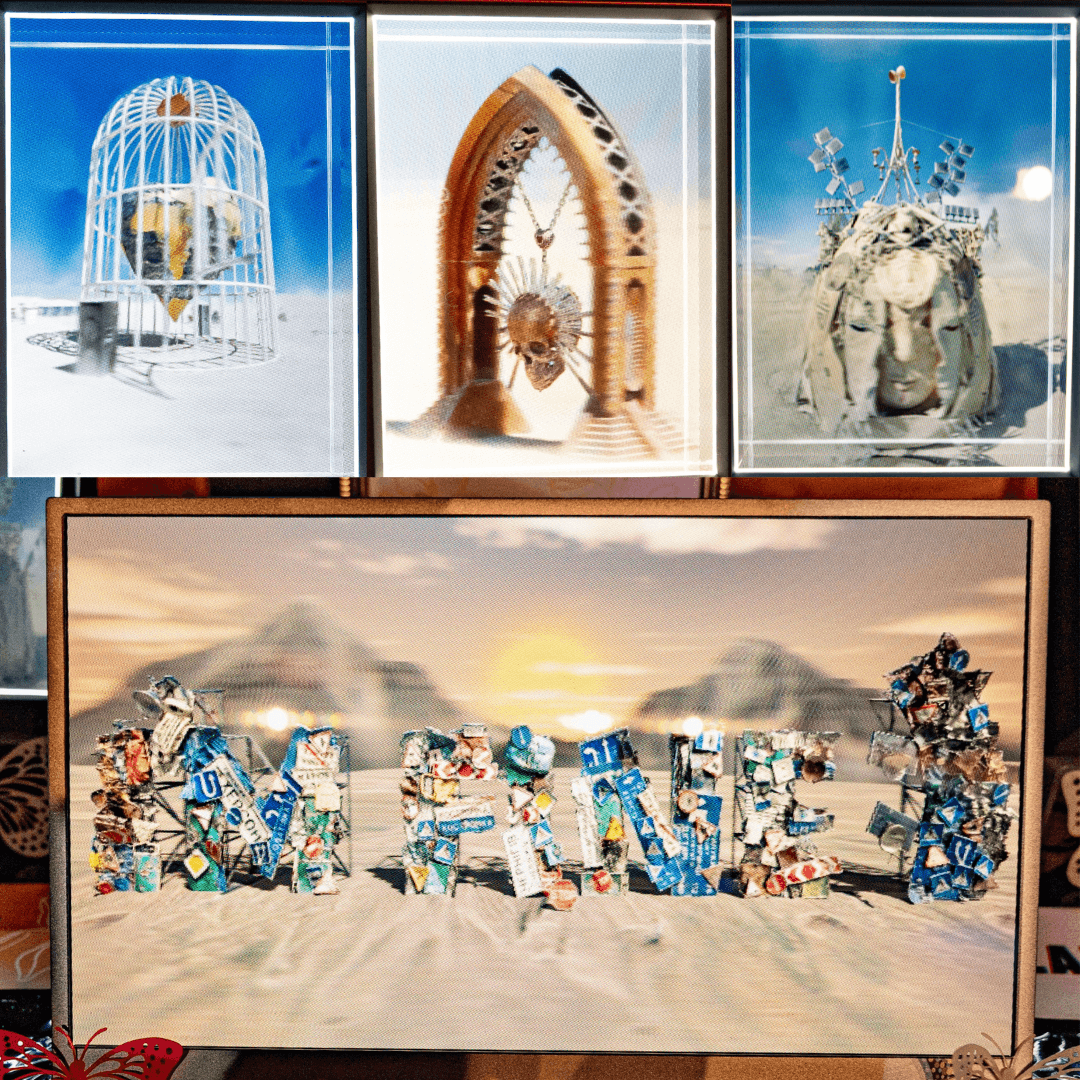
Michael Rubloff
Mar 19, 2025
Back at the Metaverse Standards Forum on Gaussian Splatting, some NVIDIA team members announced that the code for both 3D Gaussian Ray Tracing (3DGRT) and 3D Gaussian Unscented Transform (3DGUT) would be making their way to the public.
At GTC 2025, NVIDIA has followed up on this announcement by making both radiance field representations available.
As a reminder, 3DGRT is not Gaussian Splatting—it is a pure ray tracing based approach to reconstructing a radiance field. Traditionally, Gaussian Splatting is limited by the constraints of rasterization, including the need to use an ideal pinhole camera and the inability to model secondary lighting effects. NVIDIA addressed this limitation with 3DGUT, which introduces ray-tracing effects into rasterization.
Both representations consume a similar amount of VRAM compared to traditional 3DGS. Right now the implementations are for Linux only, but the GitHub page states that Windows support will be coming soon.
This marks NVIDIA's first Radiance Field release since Instant-NGP, which helped drive both consumer and enterprise adoption of neural representations.
One crucial detail is the attached license for these methods. Both are released under Apache 2.0, meaning they are available for commercial use— the same license as Nerfstudio. It remains to be seen whether these methods will be integrated into Nerfstudio’s codebase. Perhaps we will see this addition in the future.
For more details, readers can check out the official NVIDIA blog. The code itself can be found here!
This is an extremely exciting development across all fronts, seeing the preeminent tech company releasing their work and with a permissive license. I am truly excited to experiment with them both.







